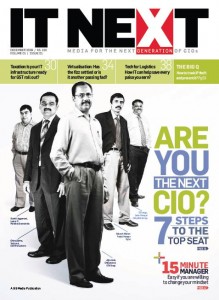Blood oozed out profusely through Neda Agha-Soltan’s nose and mouth, as lay dying on the pavement. Within seconds of it, her eyes rolled to one side, and it was evident that life was ebbing out of her. The 26 year old, had been shot apparently by government militiamen as she was proceeding to join a pro-democracy protest against the alleged fraudulent victory of Mahmoud Ahmadinejad in the Iranian. Neda’s sad end was captured on a mobile phone by one of the onlookers, and uploaded on Youtube on the same day, i.e. June 20th 2009.
Within a few hours the short video clip had been viewed by millions across the globe, and over the next few days Neda became an emblem or rather a martyr to the cause of ‘the Green Revolution’ in Iran. Numerous websites spawned up paying tributes to her, bloggers furtively wrote in her memory, even the mainstream medium joined in, with the video clip being shown on CNN, BBC, etc. In a quirky way, Neda became the first celebrity of the citizen journalism, a method wherein information is created, disseminated and consumed by the laymen and not by journalists working in the media.
Yet the concept of citizen or participatory journalism is not a novel one, it has been around for quite some years. With the mainstream media turning into a pamphleteer of the rich and powerful and doing little about mundane issues that really matter to the common man. A new street journalism that was essentially “by the people” began to flourish facilitated by the emergence of the Web earlier and mobile later. The Web was the catalyst for the movement, as individuals with a web-connection and a point-of-view could now broadcast the same to the world at large. The new world was now populated by bloggers and writers who were furtively punching in stories, uploading video clips, etc.
Some years back I had met Oh Yeon-Ho, the founder of one the most popular citizen journalist portal, Ohmynews. When, I expressed my reservations on how untrained individuals could be dubbed as journalist and expected to create news content, Yeon-Ho assured me that it was well possible and quite required because the conventional media completely ignored the common man. “This is the common man showing his thumb to the mammoth news organizations that think he does not matter,” he had joked. Indeed, the whole edifice on which the 4th estate rested, namely, a controlled medium and a controlled message, was the danger of being swamped away in the new world, in which the consumer was also the creator. Continue reading



